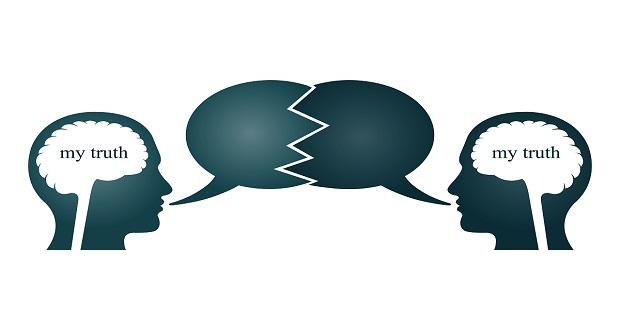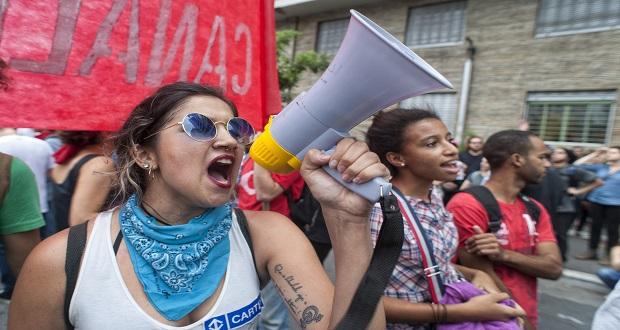
In the 1940s movie Gaslight, Ingrid Bergman’s husband drives her insane by repeatedly denying that the very real things she experienced even happened at all. This movie gave rise to the term “gaslighting” to refer to when a person or group of people deliberately work to distort your judgments, minimize your work, or distort your recollection of events.
If you work in diversity and inclusion, you’ve likely experienced gaslighting in your work at some point. Do any of these experiences sound familiar?
If you work in diversity and inclusion, you’ve likely experienced gaslighting in your work at some point. Do any of these experiences sound familiar? Click To Tweet- Your diversity work has been minimized by your leadership.
- Diversity and inclusion have received little attention even though leadership is “100% on board with D&I.”
- Leadership has unclear or unrealistic expectations for what success looks like for diversity and inclusion.
- Leadership definitively maintains there is no bias in your organizational processes, even after you’ve proven otherwise.
- Your D&I work is being deliberately sidelined even though it’s prominently featured in your organization’s mission.
- You have to work twice as hard to prove the validity and value of your work.
Author Anna Marie Houlis of FairyGodBoss explains in her article “Gaslighting at Work: What to Do and How to Recognize It”:
“Gaslighting is based on the need for power, control or concealment – it refers to a deliberate pattern of manipulation that’s been calculated to make the victim trust the gas lighter and actually doubt [their] own perceptions of reality or sanity.”
In order to achieve equity in the workplace, those of us who work in D&I have to consciously and actively combat this tendency. We can do so by following these practices:
- Check the facts. When faced with possible gaslighting, it is important to sit back and observe what is really going on. While it can be difficult to determine an individual’s true objective, doing so is essential in determining next steps. Checking, and then double-checking, the facts can help you observe the situation from an external lens. This way, you can determine if your work is being intentionally undermined and identify steps on how to proceed.
- Check in with a trusted colleague or peer. It is likely that you know, or have access to, other diversity practitioners that have experienced similar events. This is the time to check in with those individuals to help you reconcile any seeds of doubt that you may now have about your work. Leveraging your network of D&I practitioners can boost your confidence and offer new perspective into how to best confront the situation.
- Boldly engage in a conversation with the potential gas lighter(s). Assuming good intentions and initiating a good-faith, in-depth conversation about your organization’s D&I journey can better position you to identify the root cause of the issues, as well as establish a solid foundation of trust and respect, which can serve to short-circuit gaslighting and other diversionary tactics.
- Keep fighting. Do not let the gas lighters wear you out. Gas lighters are in it for the long game, and it can be disorienting and exhausting. Do not let them affect your important, purposeful work. If you begin to question your own sense of reality, reach out to a trusted colleague to determine whether or not you are recollecting the events as they happened. Avoid the temptation of internalizing other people’s perceptions of you and D&I work. Know and affirm that your work is valid.
Here are a few examples of how you might apply these practices:
- Your D&I data is questioned and undermined by someone’s “whataboutism,” a common tactic used to minimize any uncomfortable, evidence-based assertions regarding diversity in the organization.
- DO: Check in with a trusted colleague. It could be that the individual is genuinely curious about the statistics for some of the other groups because the data you provided is enlightening, or they could be calling the entire pursuit of diversity and inclusion into question. A trusted colleague can help you determine which is the case.
- Your strategy and budget are cut each year in order to free up time and money for new initiatives, and you find that you are not being invited to the leadership table.
- DO: Keep fighting. Again, gas lighters are in it for the long haul. Keep raising your hand, volunteering for stretch assignments. It is important to show that you are strong and will not back down. As Shirley Chisolm once said, “If they don’t give you a seat at the table, bring a folding chair.” Also, create some personal boundaries that support you in dealing with the emotional and mental toll of this work.
- You now report to individuals who are removed from executive leadership and lack influence.
- DO: Check the facts. Is D&I the only department being asked to change their reporting structure? If it is, be bold and engage in the conversation. Ask the tough questions. Say what needs to be said. If it’s a wider reorganization, then think about how you can still affect change in your organization from your current seat and identify other opportunities to engage with leadership.
Gaslighting is a pernicious tactic that is consciously, and sometimes unconsciously, perpetrated by individuals who seek to preserve the current power structure. Keep your head up and continue to utilize the skills and resources you have learned throughout your career to do this very important work.



















Great article, Femina! You did a great job of describing gaslighting– brought this term to life. I thought the tips were helpful, too.
Thank you Sheri!
I love this post, Femina. It definitely brings into light many of the challenges D&I professionals face in their organizations. Creating (and maintaining) boundaries is very important!
Thank you !!!